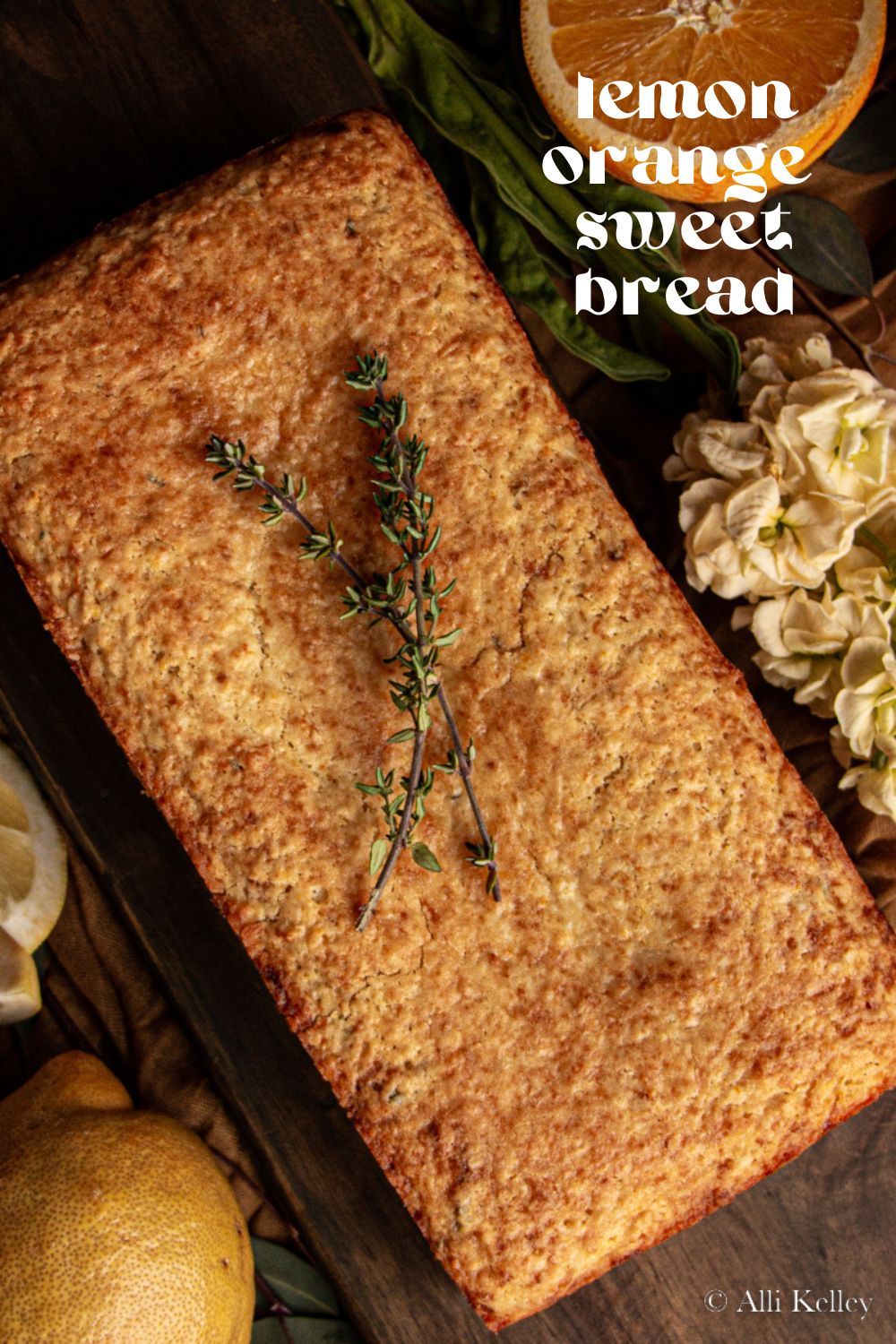Are you ready to tantalize your taste buds with the citrusy explosion of calamansi? Dive into our world of bursting flavors and discover the delectable treat that’s waiting for you.

Lemon Quick Bread Recipe with Thyme • Longbourn Farm – Source longbournfarm.com
Are you longing for a citrus adventure beyond your wildest dreams? Have you been searching for a vibrant sensation that tantalizes your senses?

This easy pork sisig recipe is for one of the most popular Filipino – Source www.pinterest.jp
Look no further than our calamansi saplings, where the tangy zest of citrus intertwines with a refreshing burst of sweetness. Prepare to embark on a culinary journey that will leave your taste buds dancing with delight.

Lemon Quick Bread Recipe with Thyme • Longbourn Farm – Source longbournfarm.com
Our calamansi saplings hold the secret to unlocking a world of zesty possibilities. Whether you’re dreaming of invigorating beverages, tantalizing sauces, or delectable desserts, these saplings are your gateway to citrusy bliss.
Calamansi saplings are the epitome of citrusy goodness, bursting with flavor and packed with nutritional benefits. These small, round fruits are native to Southeast Asia and have captivated taste buds worldwide with their unique blend of sweet, sour, and tangy notes.
With their vibrant orange hue and distinct aroma, calamansi fruits add a splash of color and an explosion of flavor to any dish. Their juice is a culinary treasure, used in countless recipes to enhance everything from beverages to desserts.

How to Make Your Home Smell Like Spring | The Fresh Times | House smell – Source www.pinterest.com
Calamansi, also known as Philippine lime or calamondin, has a rich history intertwined with folklore and tradition. It’s believed to have originated in the Philippines, where it holds a special place in local cuisine and culture.
In traditional Filipino medicine, calamansi is revered for its medicinal properties. Its leaves are used to treat various ailments, while its fruit is believed to boost immunity and aid digestion.
Beyond its culinary and medicinal uses, calamansi holds a wealth of hidden secrets. The peel of the fruit is rich in essential oils, which have found applications in aromatherapy and cosmetics.
Moreover, calamansi is a treasure for gardeners, as its leaves release a delightful citrusy scent when crushed. This makes it an ideal choice for creating fragrant borders and adding a touch of citrus to your outdoor space.
Indulge in the endless possibilities that calamansi offers. Its versatility shines in both sweet and savory creations.
Zest up your morning with a refreshing calamansi-infused lemonade. Elevate your salads with a tangy calamansi vinaigrette. Embark on a culinary adventure with calamansi-marinated grilled chicken or tantalize your taste buds with a delectable calamansi pie.
The wonders of calamansi extend far beyond the kitchen. Its zesty essence has captivated the worlds of beauty and wellness.
Harness the power of calamansi essential oil for a revitalizing aromatherapy experience. Add a few drops to your diffuser or bathwater to uplift your spirits and invigorate your senses.
Creating a thriving calamansi grove begins with proper care and attention. Here are some tips to ensure your saplings flourish:
Choose a well-drained soil rich in organic matter. Provide ample sunlight, at least six hours per day. Water regularly, especially during hot and dry weather. Fertilize your saplings monthly with a balanced fertilizer.
![]()
Bursting Thermometer Icons PNG – Free PNG and Icons Downloads – Source iconspng.com
Calamansi trees are typically small to medium in size, reaching heights of around 10 to 15 feet. They have a compact, upright growth habit, making them suitable for both containers and small gardens.
With proper care, calamansi trees can produce fruit within 2 to 3 years after planting. They are relatively low-maintenance and can thrive in various climates, adding a touch of citrusy delight to your outdoor space.
Dive into the fascinating world of calamansi with these fun facts:
Calamansi is a natural hybrid, believed to be a cross between a mandarin and a kumquat.
The name “calamansi” is derived from the Tagalog word “kalamansi,” meaning “small lime.”
Calamansi is a popular ingredient in traditional Filipino dishes such as sinigang (sour soup) and adobo (soy sauce and vinegar stew).
Whether you’re a seasoned gardener or a novice with a passion for citrus, cultivating calamansi saplings is an enriching adventure.
Start by selecting healthy saplings from a reputable nursery. Plant them in well-drained soil and provide ample sunlight. Water regularly and fertilize monthly to promote healthy growth.
With patience and care, your calamansi saplings will transform into thriving citrus trees, rewarding you with an abundance of zesty fruits.
The potential of calamansi goes beyond its culinary and medicinal uses. Let your imagination soar with these “what if” scenarios:
What if calamansi was used to create a refreshing alcoholic beverage, tantalizing taste buds with its unique citrusy notes?
What if calamansi essential oil was incorporated into skincare products, infusing them with its invigorating aroma and antioxidant properties?
The possibilities are endless, waiting for you to unlock the hidden potential of this versatile citrus gem.
Embrace the multifaceted nature of calamansi with this listicle of its wonders:
- Culinary Star: Calamansi shines in sauces, marinades, desserts, and beverages, adding a burst of citrusy flavor.
- Medicinal Marvel: Its leaves and fruit are traditionally used to treat various ailments and boost immunity.
- Aromatherapy Delight: Calamansi essential oil uplifts spirits and invigorates the senses.
- Cosmetic Treasure: Its antioxidant properties make it a potential ingredient in skincare products.
- Garden Gem: Calamansi trees add a touch of citrusy fragrance and beauty to outdoor spaces.

Bursting Strength Tester – TESTEX – Source www.testextextile.com
Quench your thirst for knowledge with these frequently asked questions about calamansi:
- Q: How long does it take a calamansi tree to bear fruit?
A: With proper care, calamansi trees can start producing fruit within 2 to 3 years after planting.
- Q: Is calamansi related to lemons?
A: Yes, calamansi is a member of the citrus family and is believed to be a hybrid of a mandarin and a kumquat.
- Q: Can I grow calamansi in a pot?
A: Yes, calamansi trees are suitable for growing in containers, making them ideal for balconies, patios, or small spaces.
- Q: What is the best way to store calamansi?
A: Calamansi can be stored at room temperature for a few days or in the refrigerator for up to a week.
5 Great Tasting Recipes with the Goodness of mass Gainer Powder – Diet Amm – Source dietamm.com
The world of citrus takes on a new dimension with the introduction of calamansi. Its unique blend of flavors, versatility, and hidden wonders makes it a must-have for any citrus enthusiast.
Embark on a culinary adventure with calamansi, elevate your wellness routine, or simply enjoy its refreshing citrusy essence. The possibilities are endless, waiting for you to explore.
Invest in calamansi saplings today and unlock a world of bursting citrusy goodness.